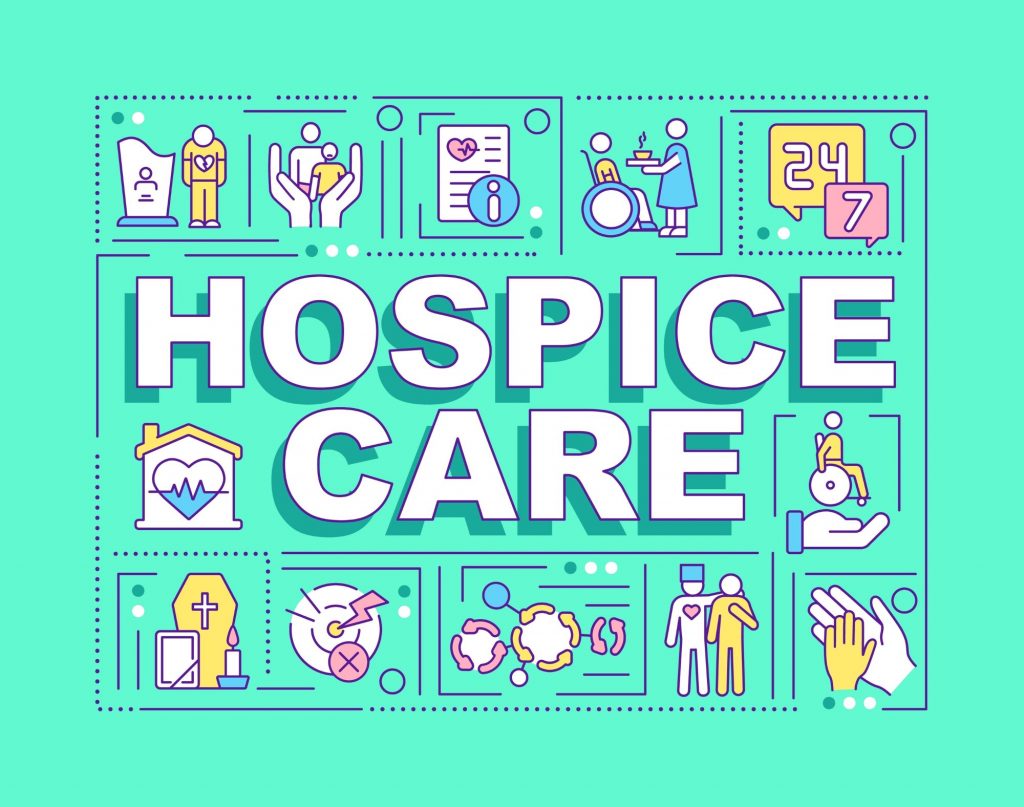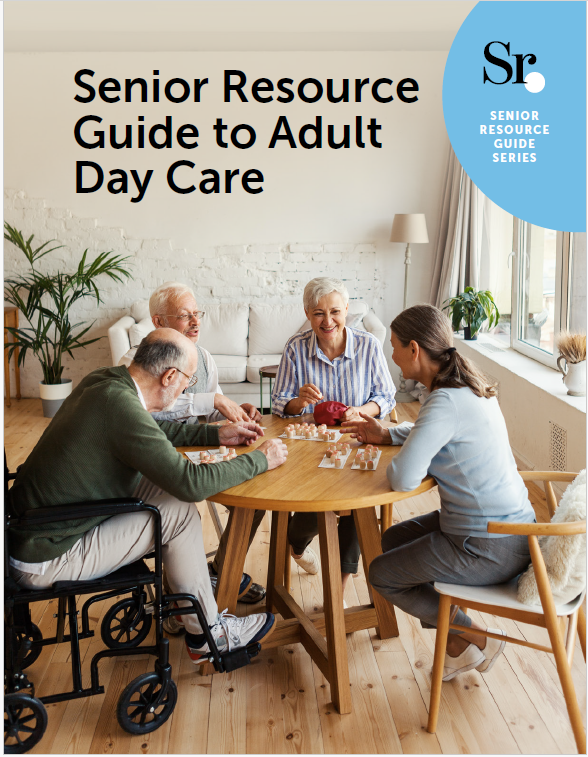What Are The Four Types Of Hospice Care?

Hospice is medical support for those who have a life expectancy of 6 months or less. Care provided is palliative and not intended as a cure, only for comfort and relief. There are generally four different types of hospice: routine home care, continuous home care, general inpatient care, and respite care. Let’s discuss the definition of each and how they aim to support patients and their families.
Routine Home Care
Routine home care is provided wherever a patient lives. A care team consisting of nurses and home health aides provides support to the patient on a regular basis. The team makes frequent home visits for custodial and medical assistance. Routine home care can include skilled nursing (like wound care or IV therapy), therapeutic care, pain management medication, medical supplies, and more. A routine home care team will usually also consist of family caregivers and loved ones.
Continuous Home Care
Continuous home care is when a patient needs more intensive visits from their care team. It becomes necessary when a patient requires a nurse for longer than 8 hours per day in addition to their other routine home care services. This type of around-the-clock care is usually provided when a patient is experiencing severe symptoms such as trouble with breathing or pain that has become unmanageable.
Relatred: How To Volunteer With Hospice
General Inpatient Care
General inpatient care is usually recommended for pain control when symptoms become too severe to manage at home. Care is intended for short-term support only. The main purpose of general inpatient care in hospice is to get the patient back in the comfort of their own home as soon as possible.
Respite Care
Respite is any service that provides short-term relief to caregivers. In terms of hospice, respite is for those who receive most of their care at home. Patients are allowed a short-term inpatient stay at a hospital or other facility to give their primary caregiver (usually a family member) a break.
Related: What Is Respite Care?
When It’s Time For Hospice…

A loved one nearing the end of life deserves the very best care. If you’re ready to learn more about hospice, then visit the Senior Resource Hospice Care Directory.
For more help, check out these other great resources:
Hospice Care: Frequently Asked Questions
Popular Articles About Hospice Care
Originally published July 08, 2022







